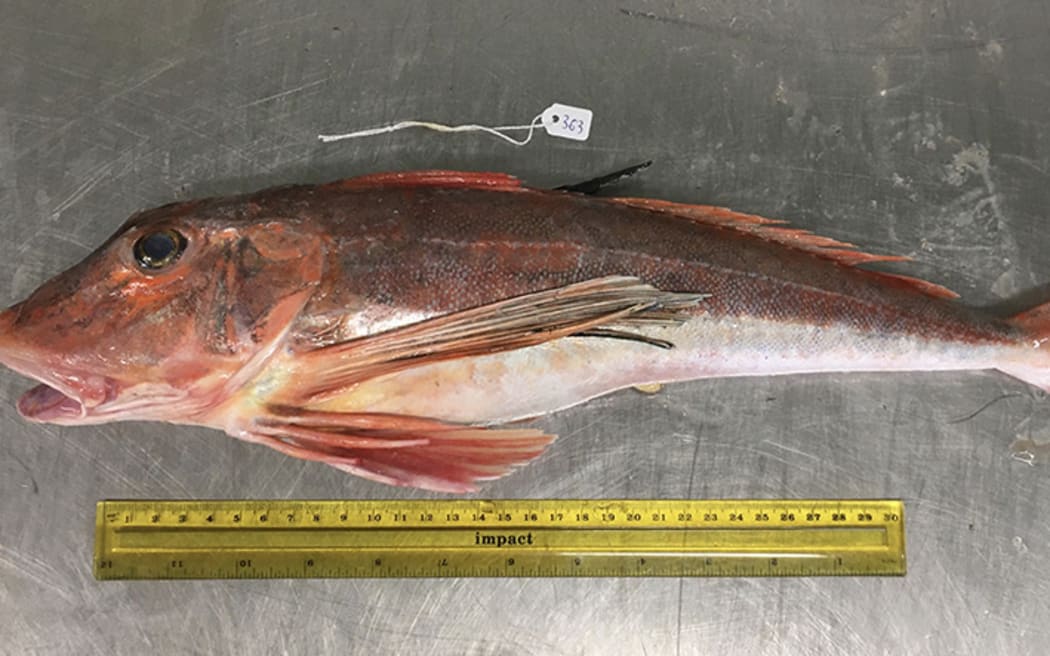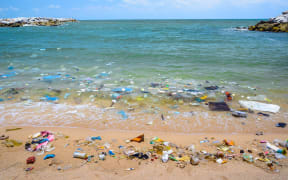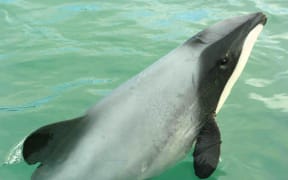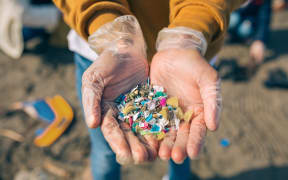
An Otago University research examined a sample of 155 fish from 10 species in New Zealand's southern waters, including red cod and tarakihi, to observe if microplastics were present. Photo: Otago University
An University of Otago study has found microplastics are present in three-quarters of commercially caught wild fish in New Zealand's southern waters.
The research, published in Marine Pollution Bulletin, looked at a sample of 155 fish from 10 species, including red cod and tarakihi, caught off the Otago coast over the course of a year.
Of the 391 microplastic pieces found in the fish, 98 percent were less than 3mm, according to the study.
Packaging, clothes, and discarded fishing nets are some of the likely sources of record-high microplastics that fish have swallowed.
Researcher Isabella Clere told Morning Report that for an isolated island nation with a small population - the numbers are horrifying.
Ingesting microplastics was not only bad for the fish but also for the people who ate them, she said.
"Nanoplastics and plastic chemicals may transfer from the gastro-intestinal tract and stomach into the muscle tissue which is what we're eating."
Understanding how these microplastics get into the seas around New Zealand was complicated, she said.
"New Zealand like many other small island countries has a very complex oceanographic system so plastic can travel in oceanic currents and by winds all around the globe so it's really hard to know where it's coming from."
It also was "very uncertain" whether these microplastics originated from land-based plastics such as clothing, or ocean-based plastics like fishing nets and hooks, Clere said.
Fish that are eaten whole - like sardines and shellfish - carried a greater risk for ingesting plastic, she said.
The study found similar levels of microplastics in different fish species living around the upper surface of the ocean, Clere said this suggested microplastics were ubiquitous in this section of the ocean.
Farmed fish, especially those bred within plastic nets, could also be ingesting microplastics but this area of study had not received much attention due to industry regulation, she said.
While the study's findings were concerning, Clere said people didn't need to ditch the fish just yet.
"We need to be conscious of our plastic use and potential misuse and how that's getting into the natural environment and potentially affecting ourselves but in terms of eating it that's just a personal choice really."
* This story was updated on 23 September, 2022 to clarify that the fish were found to have microplastics present in them, rather than 'filled' with them, and to provide more information on the study.






